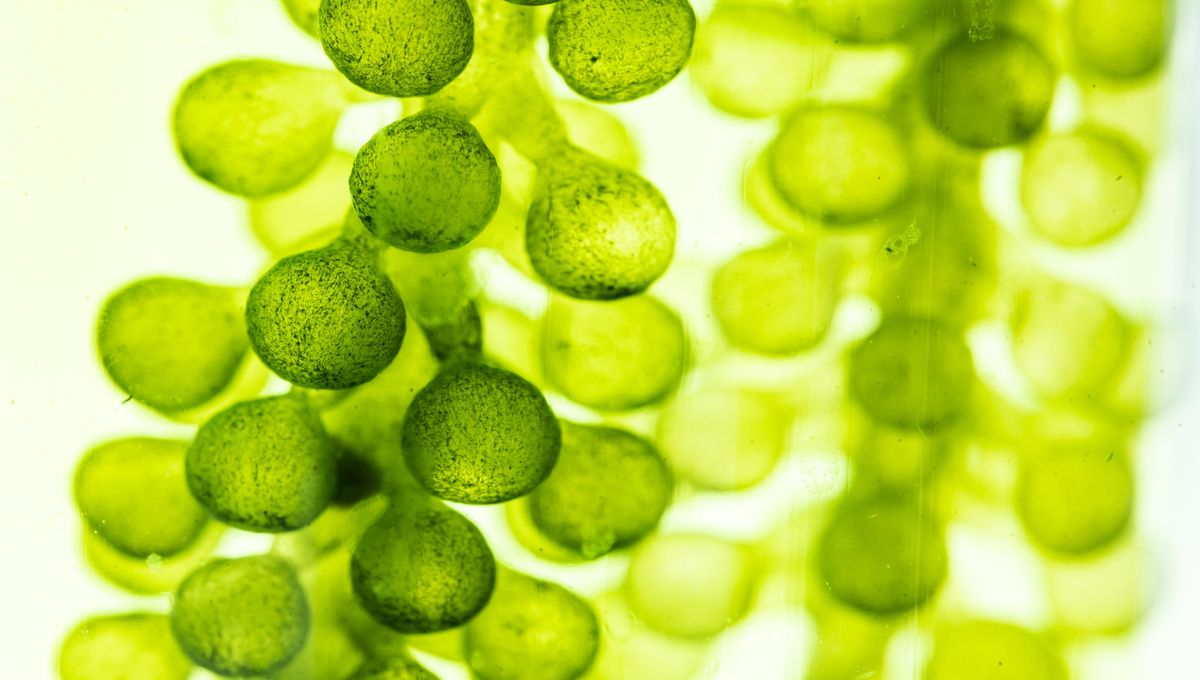
With the reality of climate change pushing society to consider alternatives to fossil fuels, a potential new source of renewable energy has appeared in a somewhat unusual form: algae.
A highly diverse group of organisms, algae are also photosynthetic, meaning they use sunlight, water, and carbon to produce oxygen and energy. If scientists are somehow able to exploit that process, that could potentially mean not only a new source of renewable energy, but also one that removes carbon dioxide whilst doing so.
And that’s exactly what researchers from the Optical-Bio Microsystems Lab at Concordia University have recently achieved. “Photosynthesis produces oxygen and electrons. Our model traps the electrons, which allows us to generate electricity,” said Kirankumar Kuruvinashetti, first author of the study describing the finding, in a statement.
The model in question is known as a micro photosynthetic power cell, or µPSC. It consists of two chambers, one an anode and the other a cathode, each measuring just 2 centimeters by 2 centimeters and only 4 millimeters thick and separated by a specially designed membrane.
Algae are suspended in a solution in the anode chamber and once photosynthesizing, they begin releasing electrons, which are captured by microelectrodes running on both sides of the membrane. The microelectrodes conduct the electrons, generating a current.
At present, the power generation isn’t enough to compete with other sources of renewable energy, like photovoltaic cells – though it does make enough for low and ultra-low power devices. The researchers, however, believe that the process still very much has potential, and that comes in three main ways.
First, it would be a particularly “clean” energy source. Not only does the process not emit any carbon, but “it’s a negative carbon emission technology: it absorbs carbon dioxide from the atmosphere and gives you a current. Its only byproduct is water,” explained Kuruvinashetti.
The method also doesn’t require direct sunlight to work – great news for its prospects in Britain – even though it’s slightly less intense when it does so.
The researchers also believe that using algae in this way is safer and more sustainable than some other existing renewable energy production processes. “Our system does not use any of the hazardous gases or microfibres needed for the silicon fabrication technology that photovoltaic cells rely on,” said corresponding author Muthukumaran Packirisamy.
“Furthermore, disposing of silicon computer chips is not easy. We use biocompatible polymers, so the whole system is easily decomposable and very cheap to manufacture.”
See, algae aren’t so bad after all.
The study is published in Energies.
Source Link: Tiny Algae Hold Hope For Renewable Energy With Negative Carbon Emissions